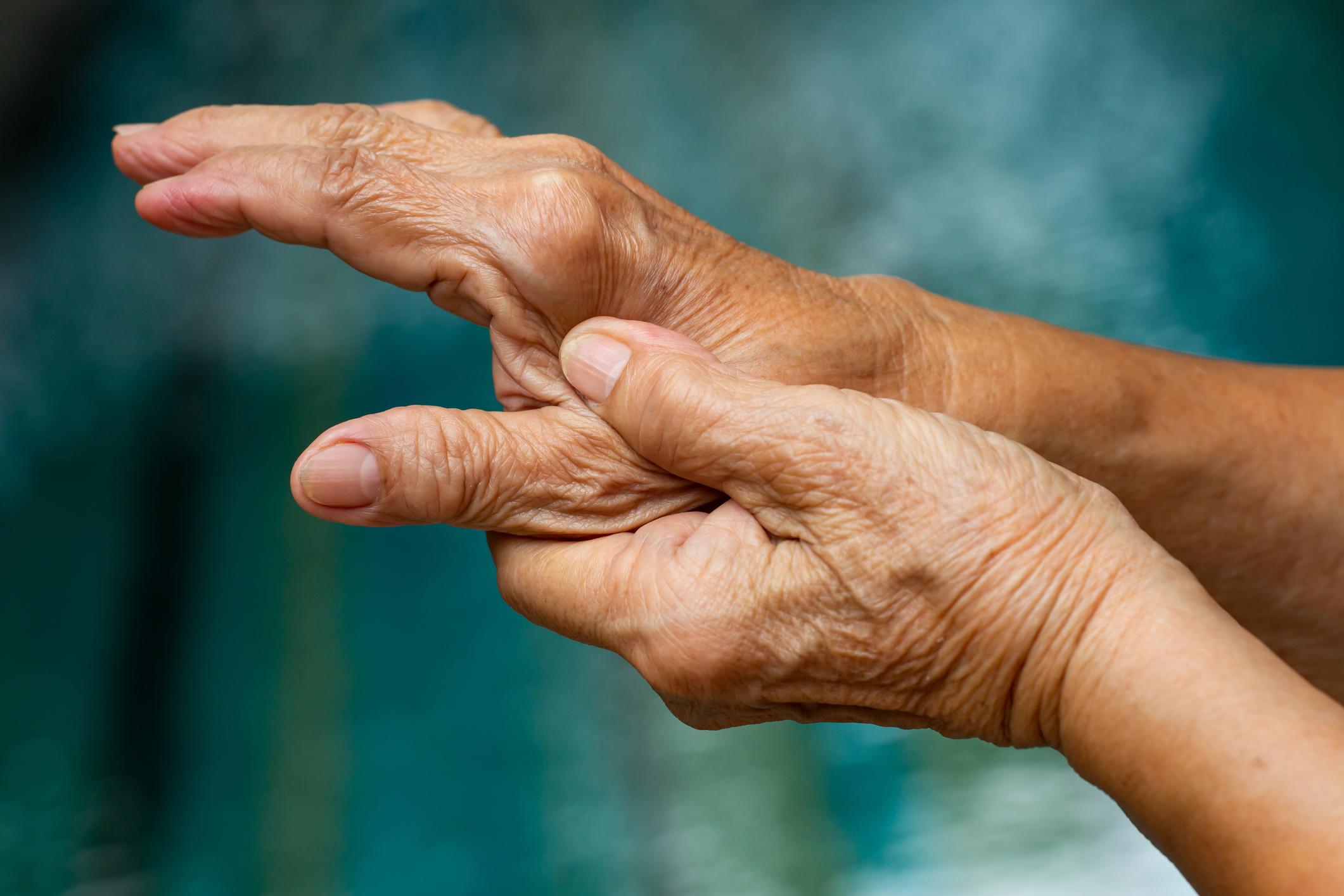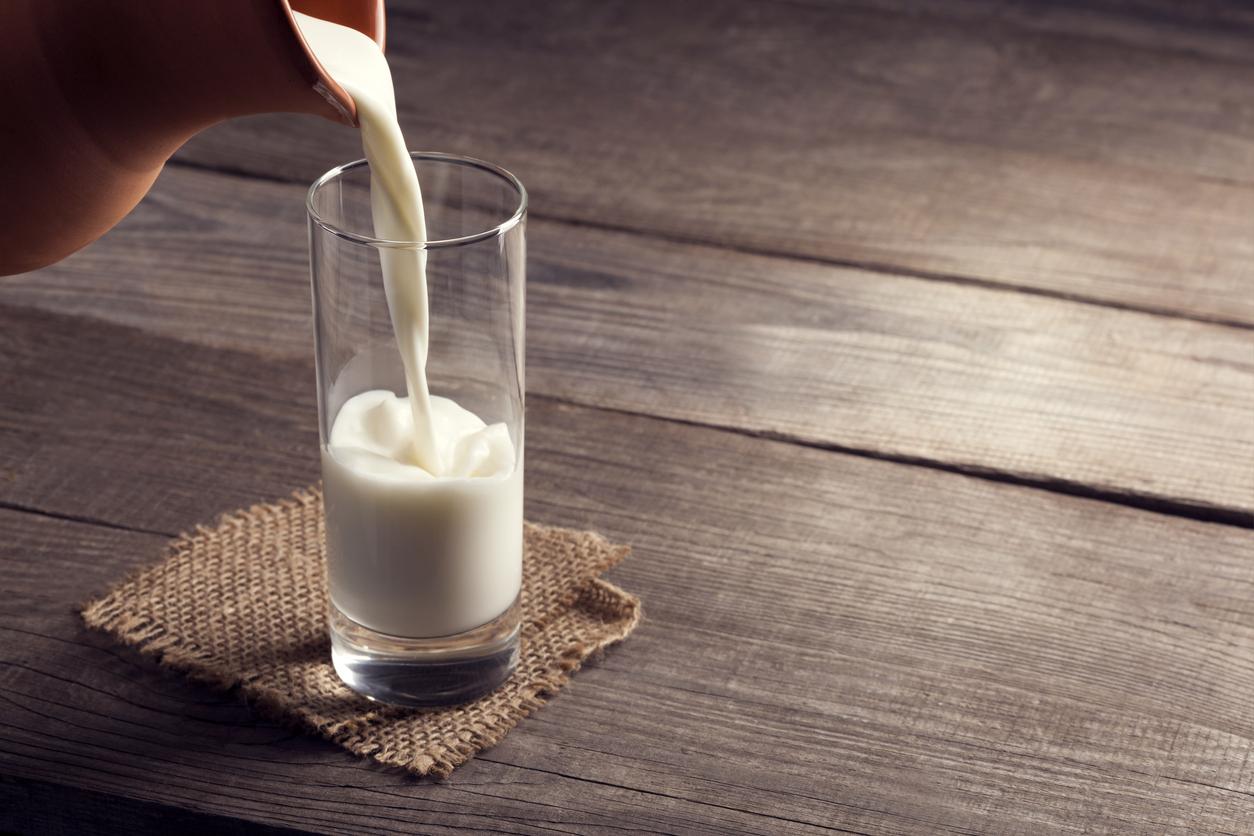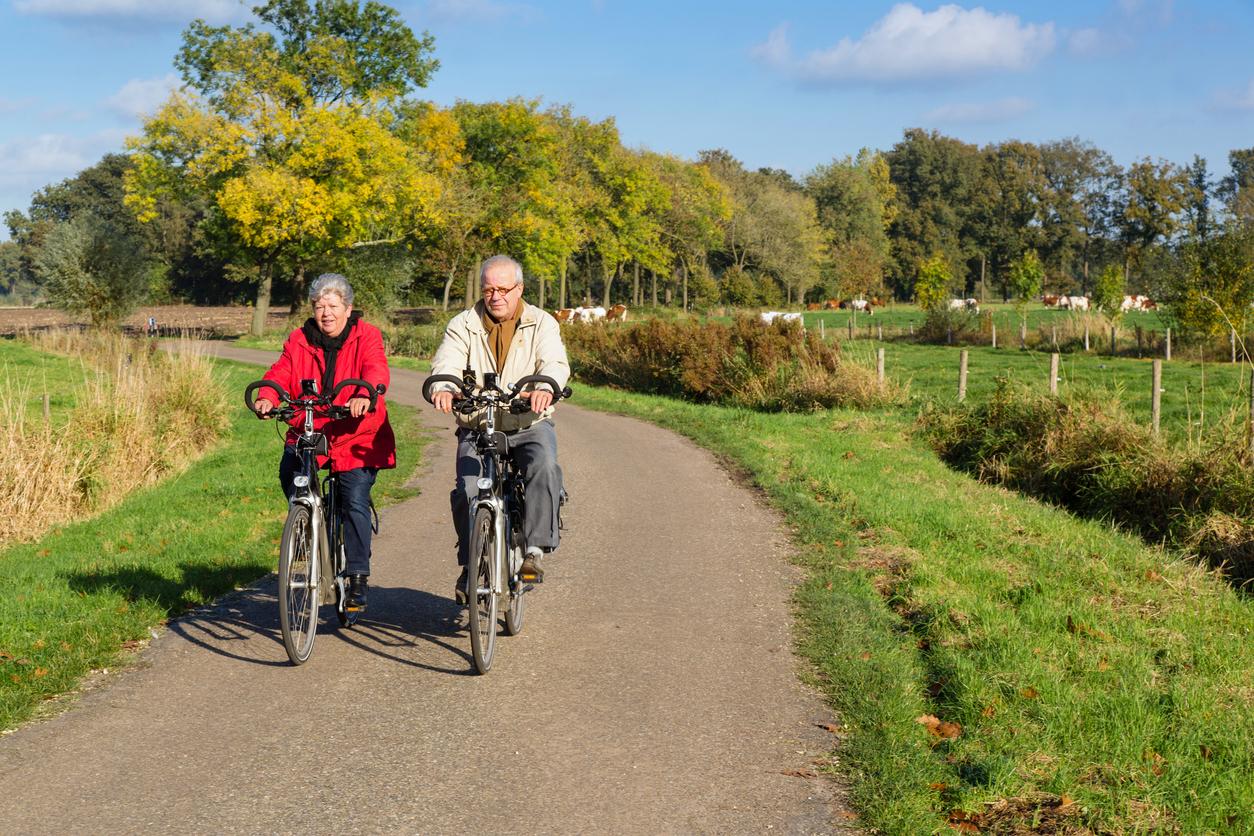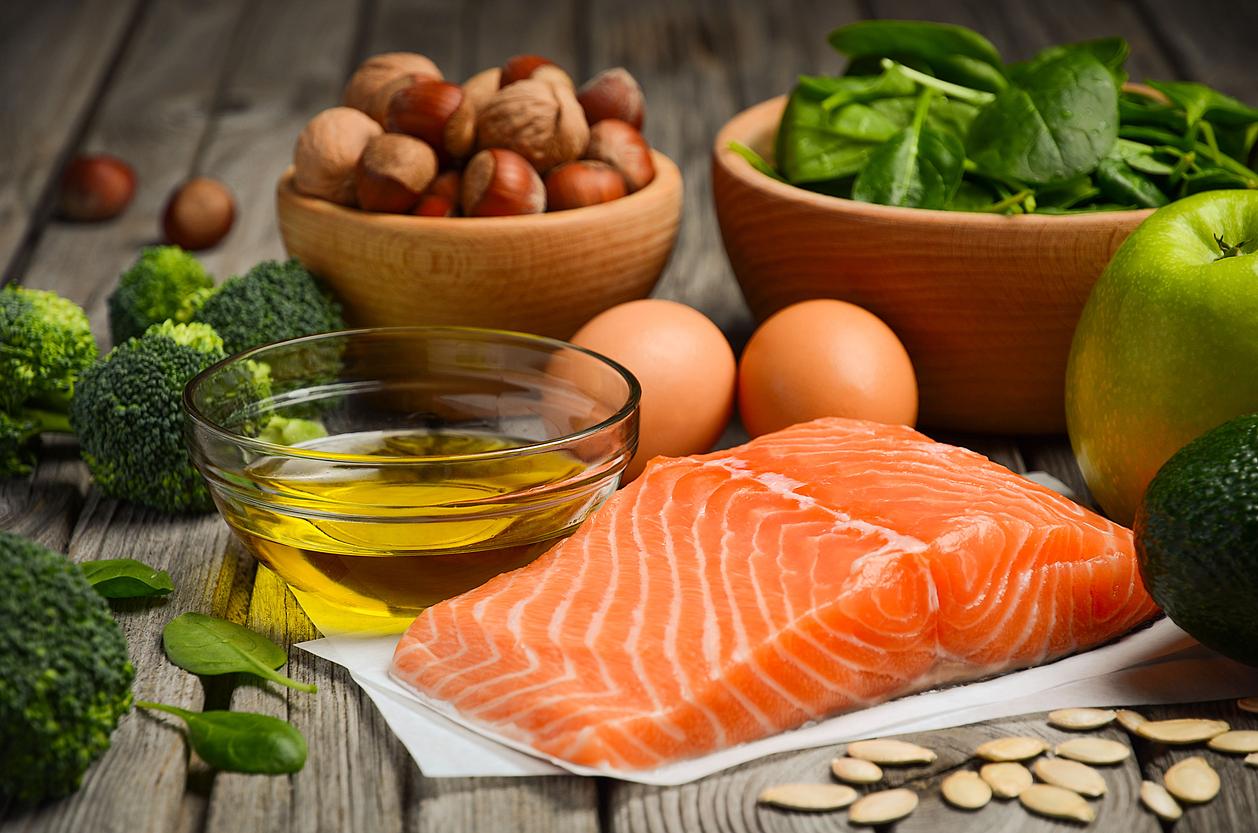What is comfrey?
Comfrey, also called comfrey or Symphytum officinalis, is a very common perennial in France, except in the South. Appreciating damp and shady places, it thrives along watercourses or ditches.
Comfrey takes its name from the Latin “consolidate“, meaning “consolidate” Or “strengthen“, because of its virtues. Known since Antiquity, among the essentials of the Greek pharmacopoeia, comfrey was described as early as the 1st century by the botanist Dioscorides, then by Pliny the Elder, who praised its effectiveness in consolidating fractures. During the Renaissance, the doctor and mathematician Jean Fernel developed a syrup based on comfrey, intended to treat diarrheaTHE bleedingas well as cough or consumption.
Comfrey is an excellent ally in the vegetable garden. This plant has indeed deep roots allowing it to draw minerals and trace elements from the basement to enrich the soil on the surface. It is also used for mulching or to prepare liquid manure, in order to fertilize crops or to activate compost or even as an insecticide, against aphids in particular. This melliferous plant finally has the property of attracting bees and pollinating insects to the garden.
What are the properties of comfrey?
Comfrey leaves contain, among other things, allantoin, a substance that stimulates cell multiplication skin or bones.
Comfrey is also recognized by its virtues:
- Astringents
- Anti-inflammatories
- Healing
Comfrey takes its name from its effectiveness in treating sprains and fractures. (Please note: in the event of a fracture, a consultation with the doctor is essential. !).
The leaves and stems of comfrey are also rich in proteinin ironin silica and in potassium.
This plant is used for stimulate wound healing cuts and burns. It also allows to treat the Insect bitesTHE boilsI’acneTHE psoriasis or cracks and crevices thanks to its emollient action.
Effective in treating cough dry, comfrey is sometimes used to relieve inflammation. Comfrey finally relieves the joint pain and rheumatism, as well as contractures and muscular elongations. In athletes, comfrey is used both after exercise and as a preventive measure.
How to use comfrey?
Comfrey is used externally, it is not recommended for internal use, because it contains a hepatotoxic substance. The Food and Drug Administration (FDA), urged consumers to immediately stop taking any supplement containing comfrey and called on manufacturers to remove their products from the market. Despite the fact that there is a clinical study involving 29 subjects that demonstrated that long-term (1-20 years) consumption of comfrey does not cause liver damage.
To benefit from the anti-inflammatory benefits, we therefore favor a external use.
- Comfrey is traditionally used in poulticeby pouring hot water over fresh chopped or balm leaves.
- It can also be used in gargling in the form of an infusion to treat mouth sores such as canker sores where the abscess.
- In infusion externallyto relieve sprains, you can put there comfrey in cold water and heat until boiling. Let infuse until cool and add this infusion to the lukewarm water of your foot bath and bubble for 20 minutes.
- For dry or sensitive skin, we favor an oil obtained by macerating the roots of comfrey in a vegetable oil or in mother tincture. Comfrey is simply applied to the area to be treated, after careful cleaning.
What are the contraindications of comfrey?
Attention : Comfrey is very rich in pyrrolizidine alkaloids, very toxic to the liver. This plant is therefore to be reserved exclusively for external use (without either being applied to an open wound that suppurates) and it should never be used in pregnant or breastfeeding women, in children or in people suffering from liver disorders. .
Read also: Harpagophytum: health benefits, dosage and contraindicationsEucalyptus: all about its benefitsFenugreek: does it make you fat, what benefits, how to use it?Thyme: herbal tea, benefits, how to consume it?


















